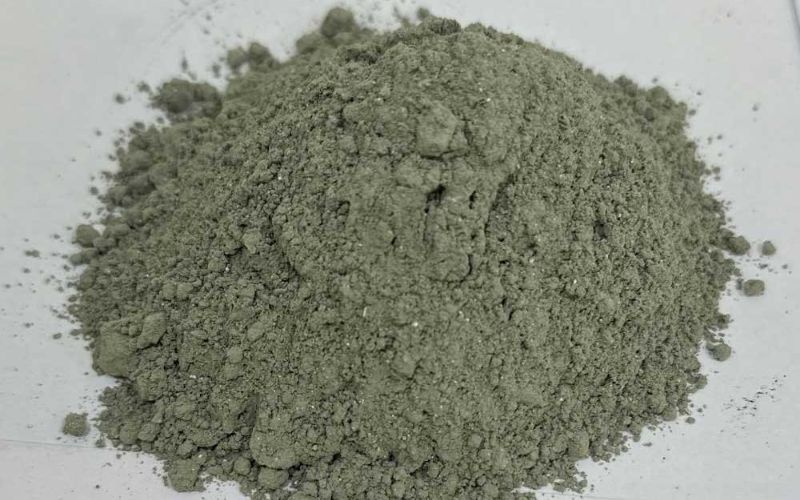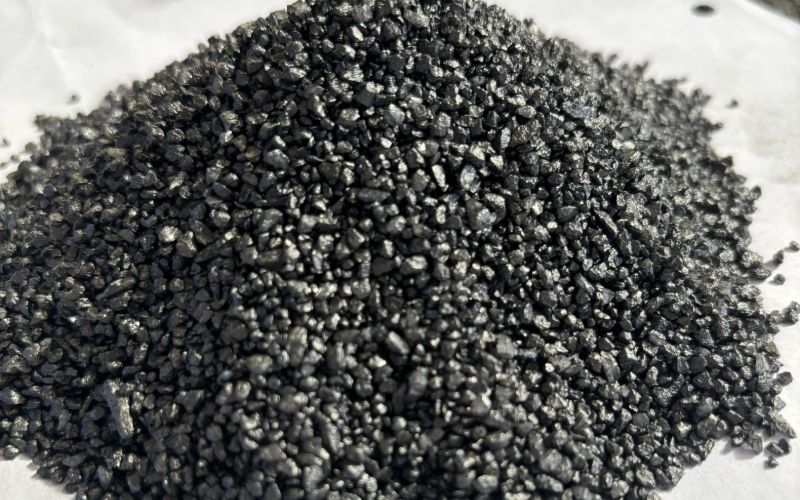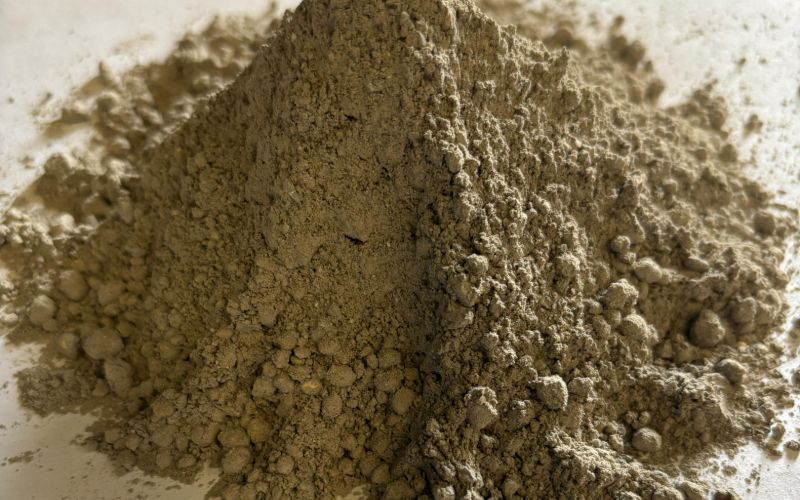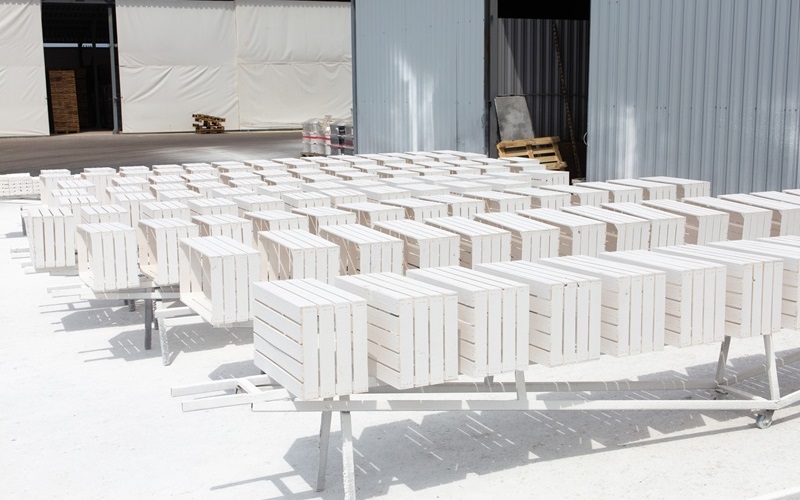Monolithics
Monolithics are a group of refractory materials used in high-temperature industrial processes that do not require pre-formed shapes like bricks. These materials are typically applied as castables, gunnites, or mortars and are mixed with water or other additives to create a dense, durable lining in furnaces, kilns, ladles, and reactors. The main advantage of monolithic refractories is their ability to form seamless linings that eliminate joints, reducing the potential for failure or erosion.
Monolithics are used in various industries, including steelmaking, cement production, glass manufacturing, and petrochemicals. They are applied in furnace linings, ladle coatings, kiln interiors, and high-temperature equipment exposed to molten metal, slag, or gases. In steel plants, monolithic materials are used for ladle and tundish linings, slag doors, and other components requiring high thermal stability and resistance to chemical attack. The flexibility, ease of installation, and ability to withstand thermal shock and erosion make monolithic refractories ideal for demanding, high-performance applications.
High Alumina Mortar
High alumina mortar is a type of refractory mortar made primarily from alumina (Al2O3) and is used to bond and seal high-temperature refractory materials such as bricks, castables, and tiles. With its high alumina content, this mortar offers excellent resistance to high temperatures, thermal shock, and chemical wear, making it ideal for use in industrial applications where heat and corrosion are present.
High alumina mortar is commonly used in industries like steelmaking, cement, glass manufacturing, and petrochemicals. It is applied to bond refractory bricks in furnaces, kilns, and reactors, ensuring a durable and stable lining that can withstand the harsh conditions of high-temperature environments. This mortar helps prevent leaks, enhances thermal insulation, and contributes to the longevity of refractory linings, improving the overall efficiency of industrial operations by providing seamless protection against molten metal, slag, and gases.


Nozzle Filling Compound
Nozzle filling compound is a specialized refractory material used in steelmaking to fill the gaps and cavities in nozzles, such as ladle and tundish nozzles, to ensure proper functioning and prevent leakage during the molten metal transfer. Made from a mixture of high-temperature resistant materials, it is designed to withstand the extreme conditions inside the nozzle, including high thermal shock and chemical erosion. The compound is applied to create a tight seal and prevent metal spillage or contamination.
In steel plants, nozzle filling compounds are critical for enhancing the performance of the casting process. They improve the sealing of nozzles, ensure smooth molten metal flow, and reduce oxidation or impurities in the metal. These compounds also help extend the service life of nozzles and other related components, reduce downtime for maintenance, and enhance the overall efficiency of steel production.
Refractory Castable
Refractory castable is a type of high-performance, heat-resistant material used in the construction and repair of high-temperature industrial equipment, such as furnaces, kilns, ladles, and reactors. Castables are typically made from a mixture of refractory aggregates, bonding agents, and additives that, when mixed with water, can be poured, molded, or applied as a monolithic lining. They are designed to withstand extreme temperatures, thermal shock, and chemical corrosion, making them ideal for use in steelmaking, cement, and other high-heat industrial processes.
In steel plants, refractory castables are crucial for lining furnaces, ladles, and tundishes, providing excellent thermal insulation, structural integrity, and protection from molten metal and slag. Castables are highly durable and versatile, ensuring long service life and reducing maintenance downtime. They also contribute to energy efficiency by minimizing heat loss, optimizing temperature control, and maintaining stable thermal conditions in high-temperature applications.


Pre-Cast Pre -Fire
Pre-cast pre-fire refers to refractory components or shapes that are manufactured and fired (cured) before being installed in high-temperature industrial applications. These components are typically made from refractory materials like alumina, silica, or magnesia and are molded into specific shapes such as bricks, blocks, or tiles before they undergo the firing process at elevated temperatures. This process ensures that the components are fully hardened and ready for use upon installation, eliminating the need for additional firing or curing on-site.
Pre-cast pre-fire products are commonly used in industries like steel, cement, and petrochemical plants. They are utilized for lining furnaces, kilns, reactors, and other high-temperature equipment, providing excellent thermal insulation, wear resistance, and protection against molten metal and slag. The use of pre-cast pre-fire components ensures quicker and more efficient installation, reduces downtime, and offers high reliability and performance in extreme thermal and chemical environments.